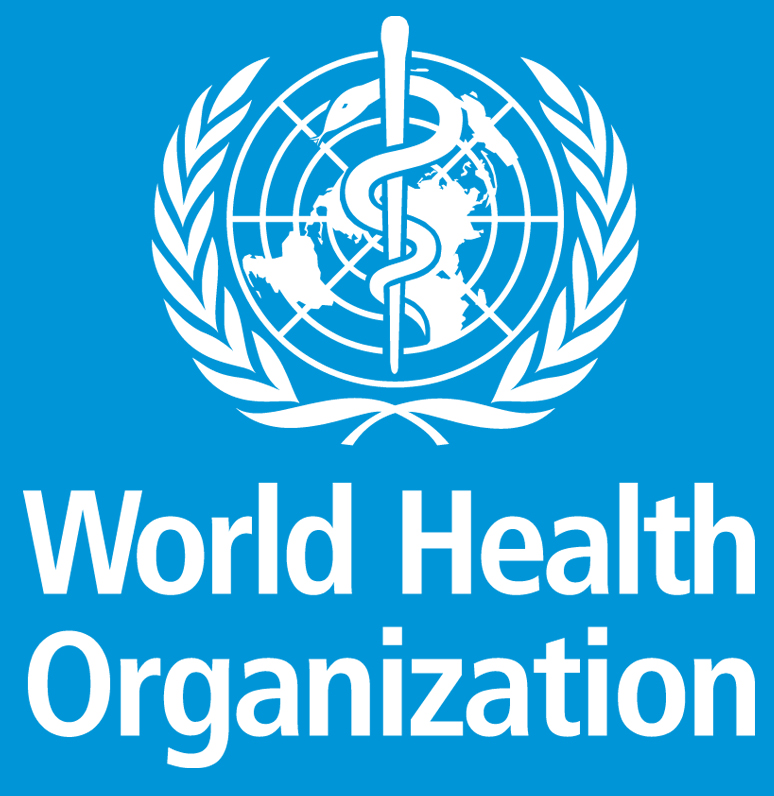TANZANIA needs to increase domestic financing support in eradicating the Neglected Tropical Diseases (NTDs) afflicting the most destitute, vulnerable and neglected populations.
World Health Organisation (WHO) Department of Control of Neglected Tropical Diseases (NTDs), Director Dr Mwele Malecela made the remarks during an event to launch a campaign dubbed ‘End the Neglected and Youth Combating NTDs’. Dr Malecela said as countries are increasingly aware of NTDs, Tanzania needs to dish more funds towards the implementation of the NTDs programme.
“With only 0.6 per cent of global funding for the control of NTDs, we urgently need more resources to combat the diseases in Tanzania,” she noted.
According to the Ministry of Health, Community Development, Gender, Elderly and Children, Tanzania needs more than 8 million US dollars from development partners to cover the financial gap in eradicating NTDs by 2025.
The total cost to combat the disease was estimated to be 20 million US dollars, in which the government had already set aside 2 million US dollars while development partners have set 10 million US dollars. She further said despite the progress, however, much remains to be done as several countries are still facing a huge burden.
Presenting the WHO 2021-2030 roadmap for NTDs, she said the new drive recognises the need for cross-sector collaboration now more than ever. Both the private and public sectors are working collaboratively with the government to advance effective and sustainable elimination of NTDs.
Some of the five highest-burden NTDs amenable to preventative chemotherapy (PC NTDs) include Lymphatic Filariasis (more commonly known as Elephantiasis), Onchocerciasis (River Blindness), Schistosomiasis (Bilharzia), Blinding Trachoma, and Soil-Transmitted Helminthiasis (Intestinal Worms). Dr Malecela elaborated that the three strategic priorities of the roadmap are to accelerate programmatic action, intensify cross-cutting approaches and change operating models and culture.
More specifically, the roadmap aims to achieve WHO triple billion targets to ensure that by 2023, one billion more people benefit from universal health coverage; one billion more people have better protection from health emergencies, and one billion more people enjoy better health and well-being.
On the Landscape of the disease in Tanzania, NTP Control Programme from the Ministry of Health, Acting Programme Manager, Mr Oscar Kaitaba said Tanzania continues to maintain high coverage rates, which should see several diseases achieve elimination.
“Over the past ten years, the government had accelerated treatment services to 120 district councils, and therefore is able to reduce the disease by 80 per cent,” he noted.
Mr Kaitaba said for 2018, a total of 93 districts countrywide had managed to eliminate NTDs, the government had also distributed essential drugs to 21 million out of 50 million people infected with such diseases.
He said in collaboration with IMA World Health, they have trained 11,414 frontline health workers, 27,087 teachers and 90,284 community drug distributors who delivered treatment to more than 20 million people by the end of the fiscal year 2016.
The campaign is led by 100 youth leaders from Cameroon, Bangladesh, DRC, Ghana, Kenya, Nigeria, Pakistan, Philippines, South Africa, UK, Tanzania and Rwanda







